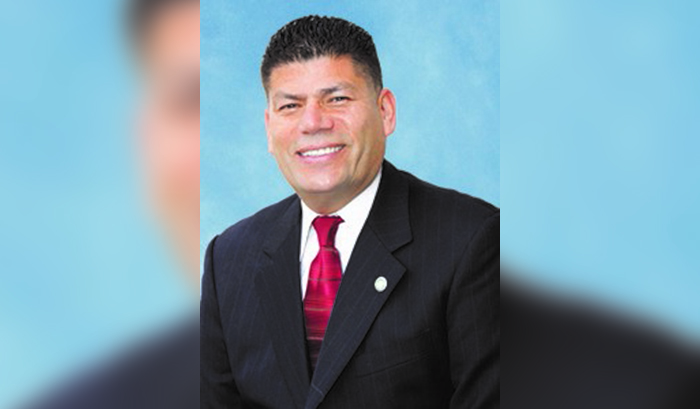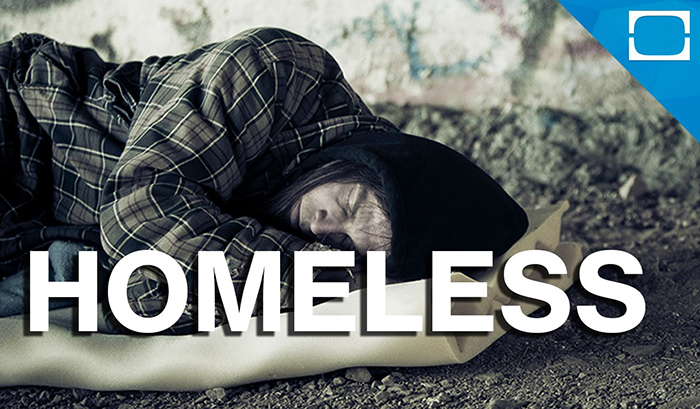Finally this morning, one of the gnawing questions surrounding the enforced shutdown of the Culver City Ice Arena was answered.
One after day the allegedly life-threatening ammonia – characterized by City Hall as a “public health hazard” – was carried, lifelessly, out of the rink, Bill Litvak, City Hall’s outside attorney, was asked:
If the ammonia was a real and present danger to persons in the neighborhood, why weren’t the next-door apartment dwellers evacuated weeks ago?
Said Mr. Litvak: “I am trying to put together a cohesive answer. I know why.
“The city’s Code Enforcement program always has to balance the effects on a community and the issues presented.
“Theoretically, you could evacuate 100,000 people. Or you could evacuate no one and let everyone go into the building as though nothing had happened.
“Neither of those is an appropriate solution.
“What you do, in this instance the city took a reasoned approach. They precluded the use of the facility to minimize the potential of harm, based upon the fact if it were open and accessible to the public, theoretically more people would be imperiled.
“The city then put in place a monitor (an early warning system) that, in effect, in the event there was a catastrophic failure, action could have been taken on an exigent basis.
‘A Measured Approach’
“The disruption to x-amount of people – could be hundreds or thousands – a judgment has to be made as to what is the most practical solution while you are getting something corrected.
“The city obviously took a measured approach to deal with that. It didn’t simply say, ‘They are on their own.’ They put in a monitor (including the Fire Dept.) to watch. For one thing, we prevented any vandalism or risk of anyone coming onto the property. (A break-in occurred two days before the first monitor arrived.) There was a concern there would be theft or vandalism.
“The ammonia, in the event of a catastrophic failure, it was hoped that that would be recognized.
“Remember also that catastrophic failures occur in a variety of ways. Could have been a fire. Could have been an earthquake, and there would have been somebody on-site to see if there was any instantaneous damage.”
Question: What had happened in recent times – months or years – to make an ammonia disaster a more immediate worry than 10 or 20 years ago?
“First,” said Mr. Litvak, “the defects did not necessarily exist 20 years ago. There was no indication valves were frozen 20 years ago. Code Enforcement program reacts to information being provided. The reporting from the property owner and the operator are essential. Nothing that I ever have seen says, ‘Oh, by the way, we are running a defective system.’”
Mr. Litvak said the Ice Arena was guilty of “indisputable code violations.” The rink, he said, “was a public health safety hazard.”
(To be continued)






